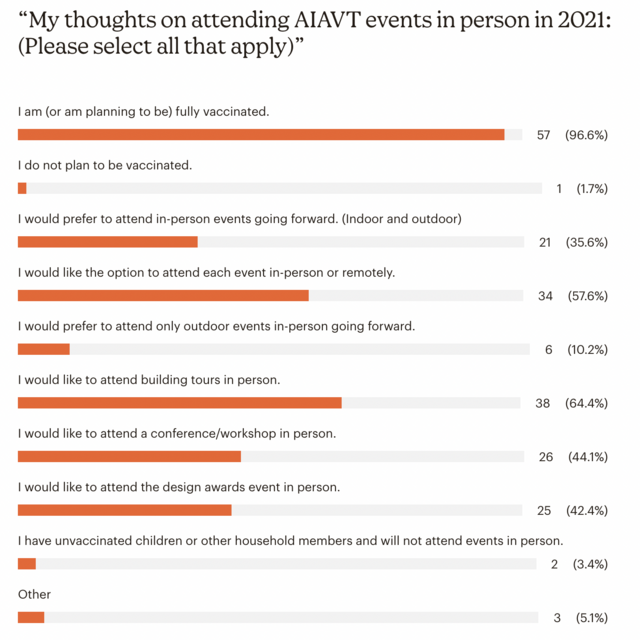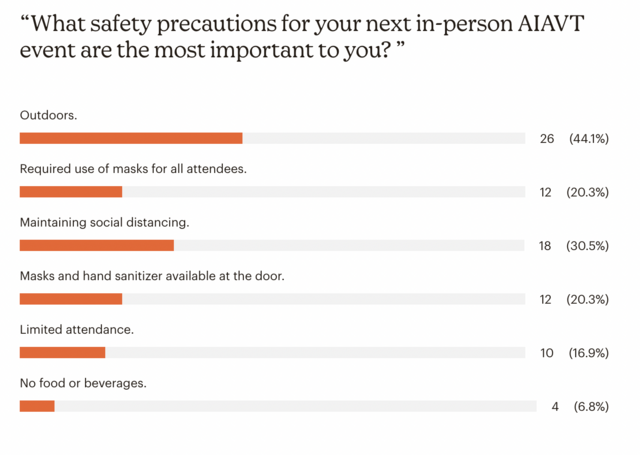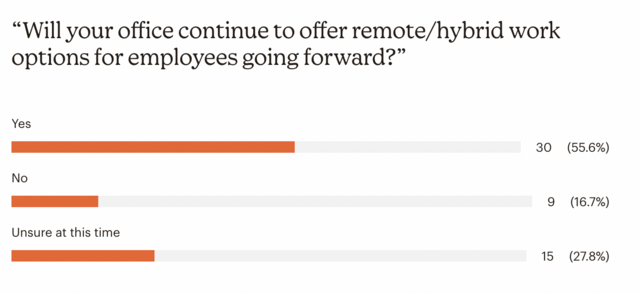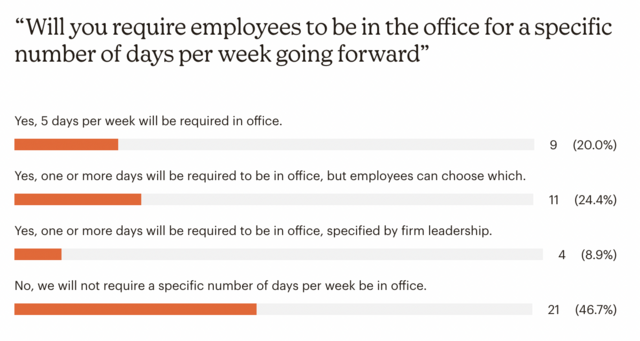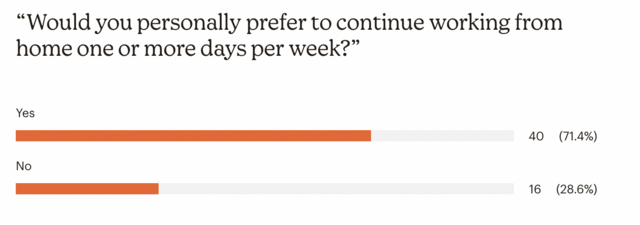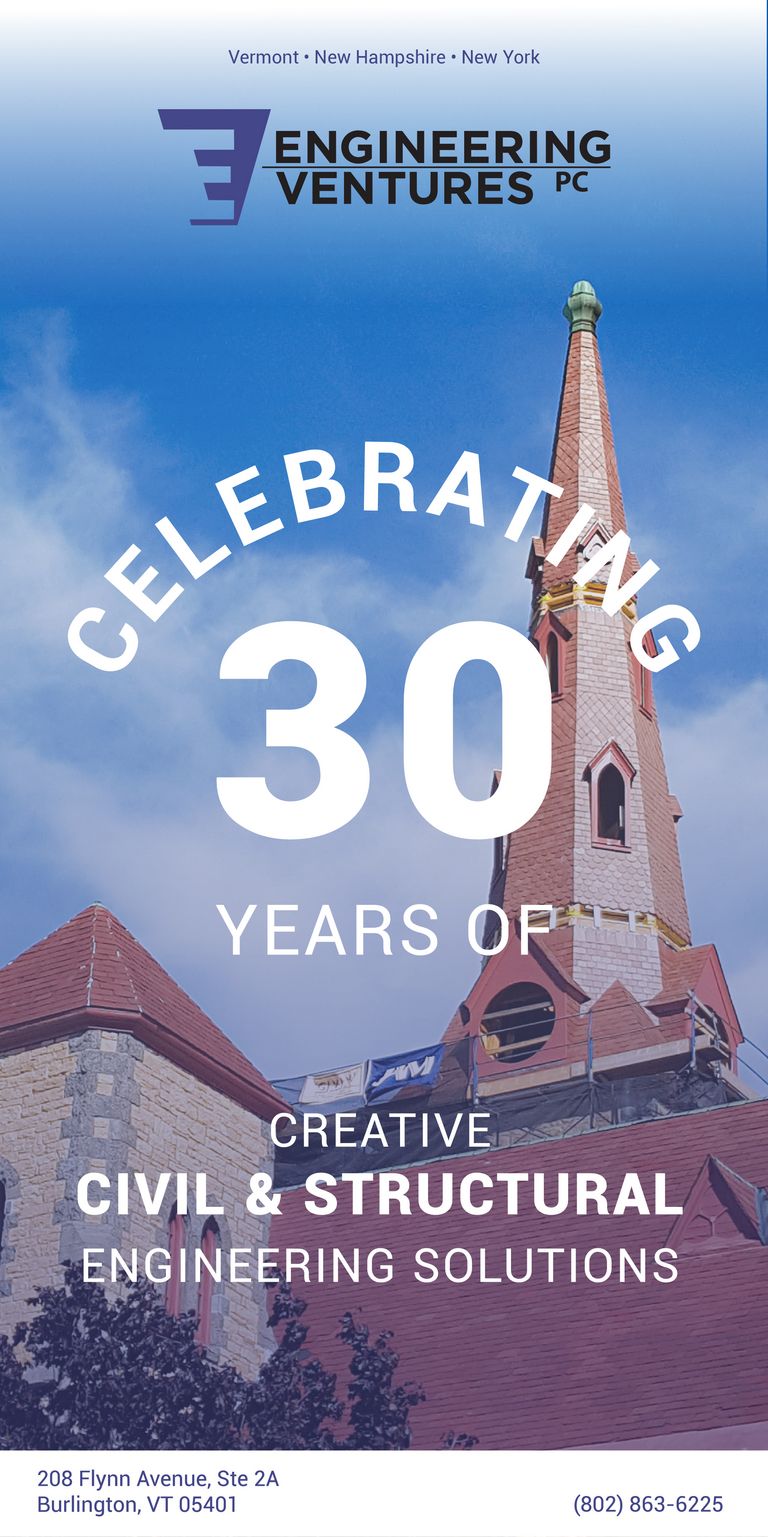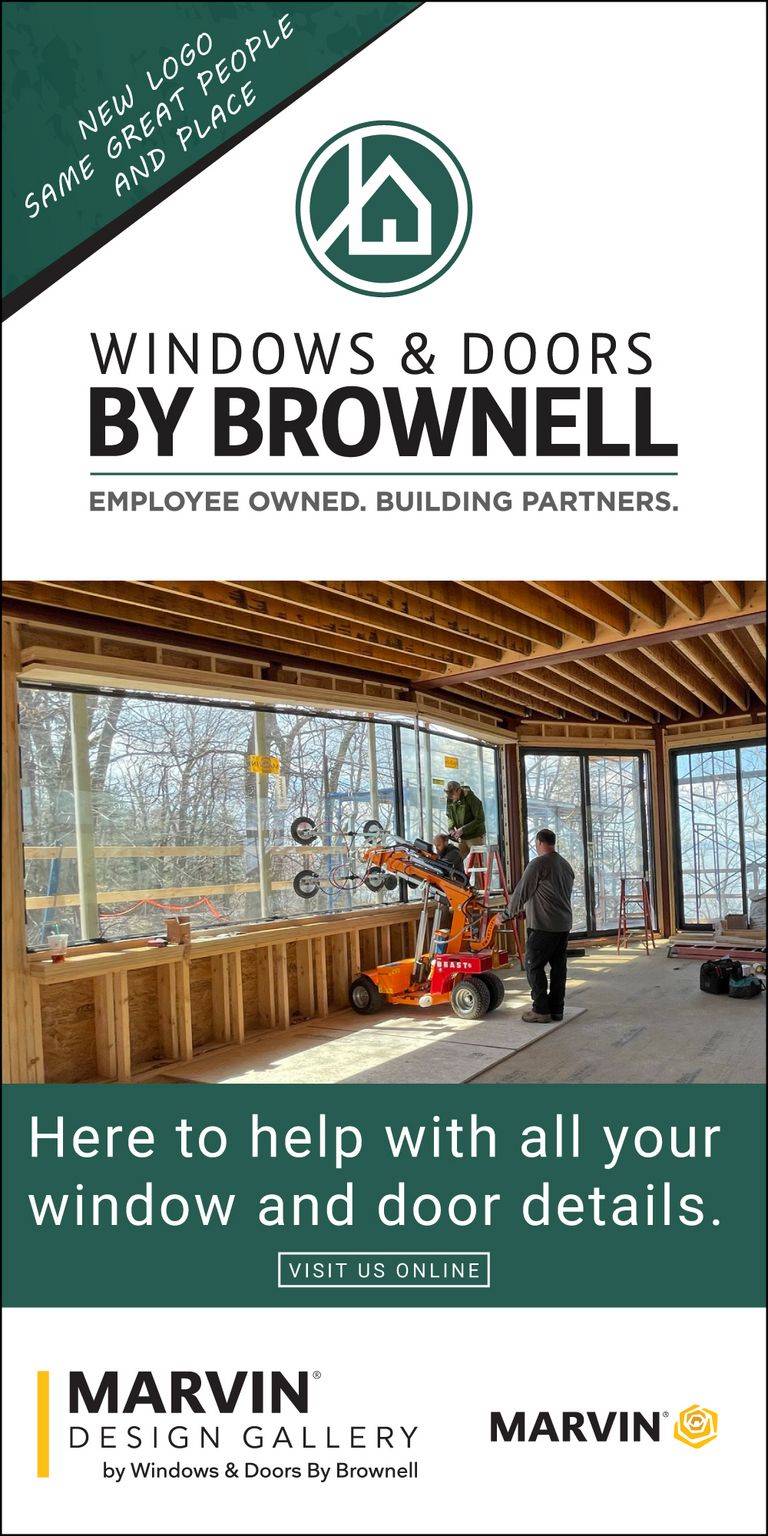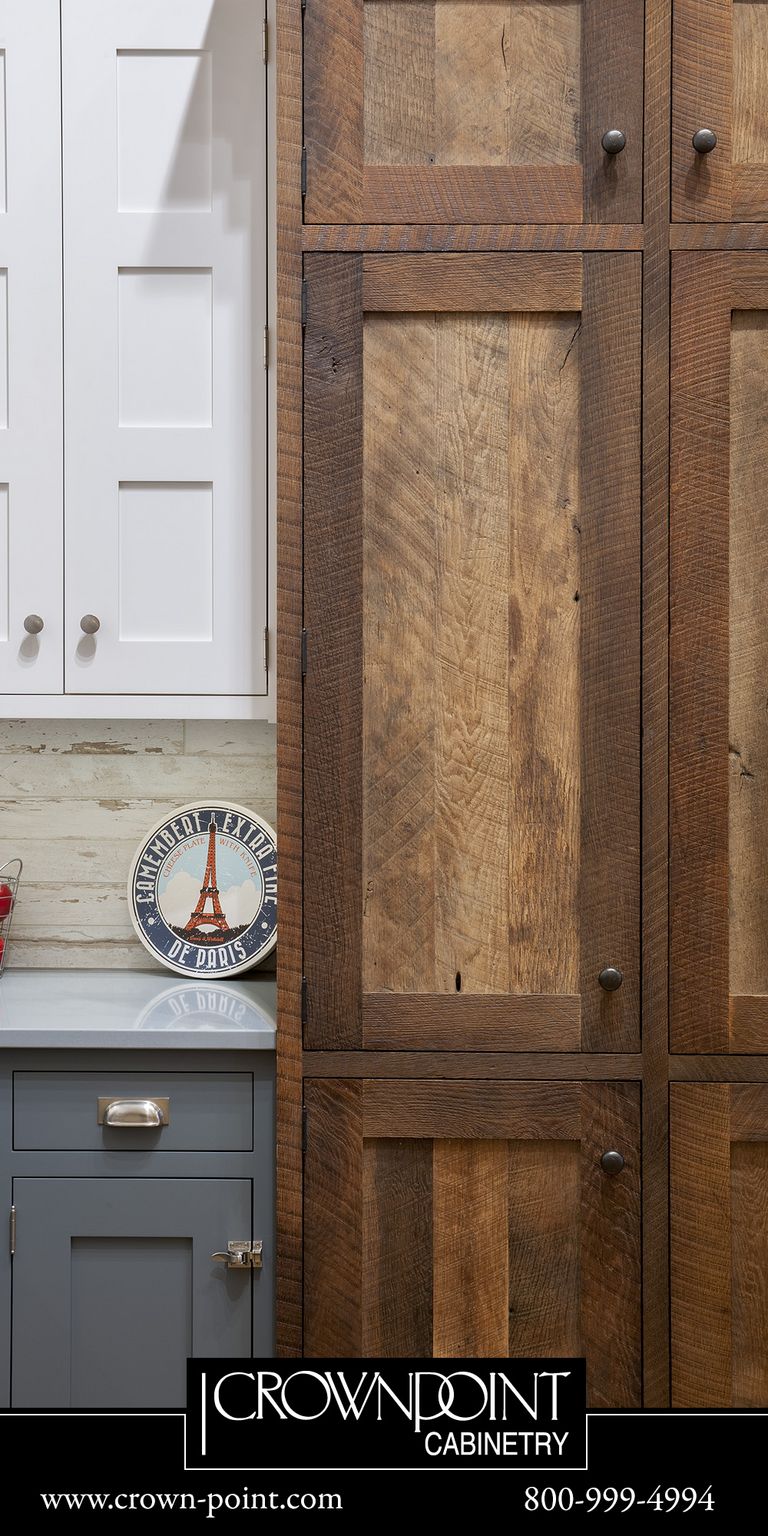AIAVT's Reopening Survey Results
By Sarah O Donnell, AIAVT Executive Director
With the Governor’s recent announcement that 80% of Vermont’s adult population has now been fully vaccinated against COVID-19, businesses and organizations throughout the state have started the reopening process. Like many others, AIA Vermont is a non- profit organization that hosts events as a way to provide educational as well as networking opportunities for our members.
It’s been a long year with no in-person events, and we are excited at the prospect of being able to gather together again in-person. While many are looking forward to saying hello without the immediate follow up of “oh, you’re muted”, we realize that there are varying opinions on what might feel comfortable when it comes to reopening- both in terms of AIA Vermont’s events, as well as how firms are approaching reopening in their own offices. AIAVT surveyed members in order to get some insights into members’ thoughts on the topic.
Of our almost 300 AIAVT Architect and Associate members, we received responses from 60 individuals. The first half of the survey addressed attending in-person events. 57% of responders indicated that they would like the option to attend events either in-person or remotely. This “hybrid” style event is something that AIAVT’s Board of Directors has discussed, and is something we will seek to provide when it is possible to do so (for example during the presentation portion of a building tour event).
Depending on the type of event, respondents' answers were mixed on how likely they would be to attend in person. With the majority interested in attending building tours in-person. The question of “when is the soonest you would feel comfortable attending an AIAVT in-person indoor event, assuming proper safety protocols are observed?” The majority of respondents indicated that they are ready to attend an indoor AIAVT event now. Upcoming events include our AIAVT Golf Tournament on August 20, followed by the Barr Hill Distillery tour on October 14 (details coming soon).
The overall take away from the events portion of the survey indicates that while many of our members are ready to attend in-person events, whether indoors or out, there is still a desire to maintain some of the precautions we’ve become accustomed to, and continue to offer some of the virtual attendance options that allow attendees the convenience of taking part in an event or meeting remotely.
The second half of the survey asked about firms’ approaches to reopening their offices. While many of AIAVT’s members are sole practitioners, we heard from a variety of different sized firms who are re-opening their doors in different ways.
When asked, “will your office continue to offer remote/hybrid work options for employees going forward?” The majority of respondents (55.6%) answered that yes, they will continue to offer remote/hybrid work options going forward. 16.7% responded no, while 27.8% are unsure at this time.
Regarding whether employees will be required to be in the office for a specific number of days per week going forward, the majority of respondents (46.7%) said no, they will not require a specific number of days per week to be in the office. 24.4% responded that one or more days will be required to be in the office, but that employees can choose which days. 8.9% responded that one or more days will be required to be in office, with those days being specified by firm leadership. While many firms seem to be open to a hybrid style of working, 20% are requiring employees to be back in the office 5 days per week.
The follow up question to this asked “Would you personally prefer to continue working from home one or more days per week?”, and the majority (71.4%) or respondents answered that yes, they would prefer to continue working from home at least one day per week. One respondent shared that, “my firm has indicated that they will expect everyone to work in the office again. I do not intend to return to an in-office setting, so am currently interviewing with other firms, nationwide, that have indicated that they will allow a permanent remote-only work arrangement.”
The last two questions were open ended, and asked “how are your physical office space requirements changing in 2021 and beyond? (ie. total lease space, distancing requirements, forgoing a shared office, opening a new office etc.)”, and “does your office have an official hybrid work policy going forward? If so, please share some highlights of what that will look like.”
The majority of respondents indicated that there would not be a change, nor is there an official hybrid work policy. One respondent shared that although their physical office space is largely the same, they’ve re-organized it to allow for more space between employees. They shared that “personally, I am okay with sharing spaces and more concerned with how to manage visual and acoustic privacy in our new era of extensive video-conferencing.” Another respondent shared that “we have hired more people to keep up with demand during the pandemic and do not have enough space to accommodate all at the same time currently.” A third respondent shared that “we are giving up our current office and renting a smaller office for those who want to be able to be in the office.” Although there seems to be more openness to continuing to offer a hybrid approach to work than pre-pandemic, some respondents also noted that they felt a lot was lost from a collaborative studio environment and that they’re looking forward to getting that back.
Overall, it appears to be the case that many firms are willing to continue to provide the flexibility we’ve now become accustomed to during the pandemic, and are giving employees the option to work remotely at least part of each week. While some individuals prefer the option of working remotely, some are looking forward to being back in a shared work environment, where the collaborative nature of design, and mentorship of young professionals can be encouraged in-person.

